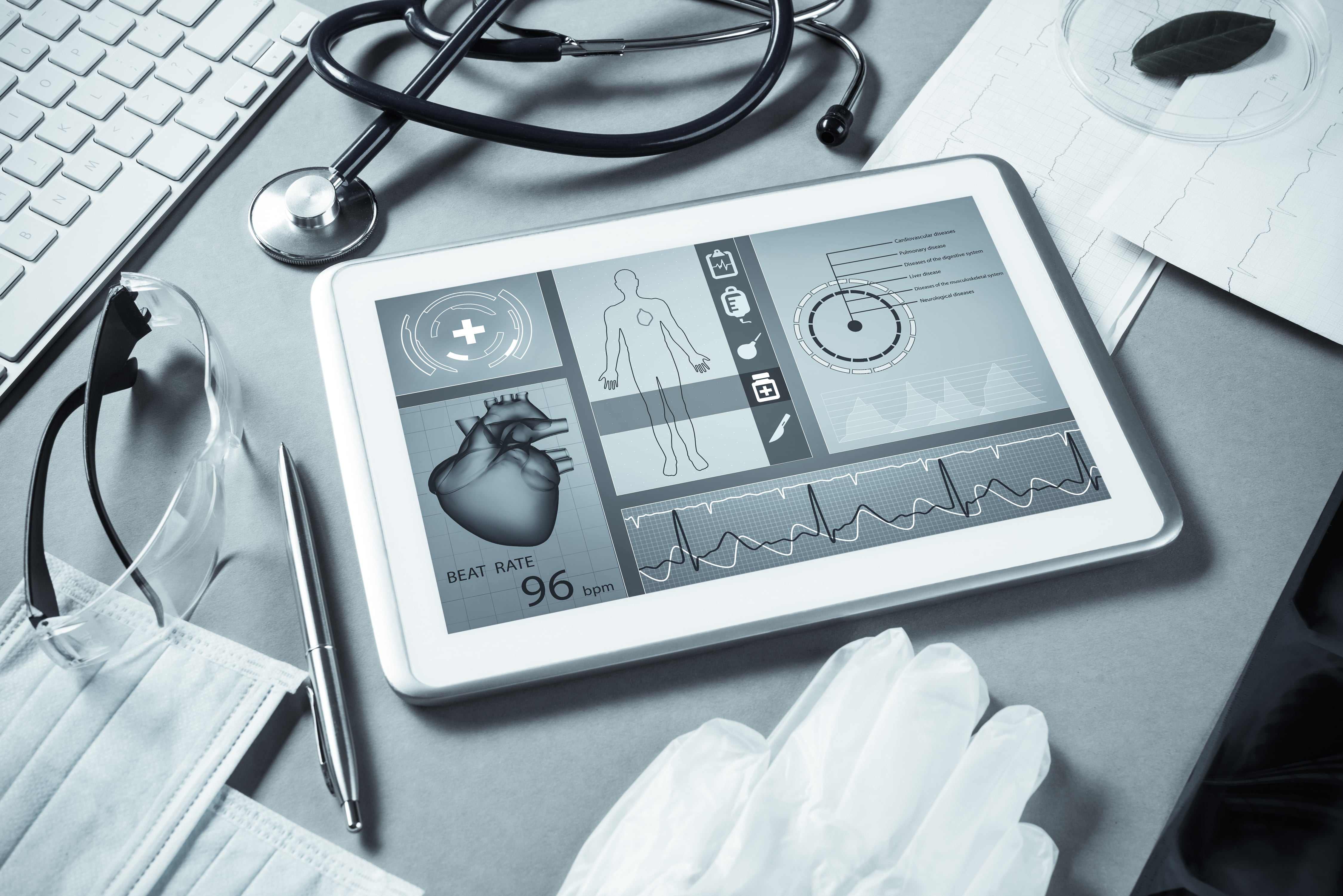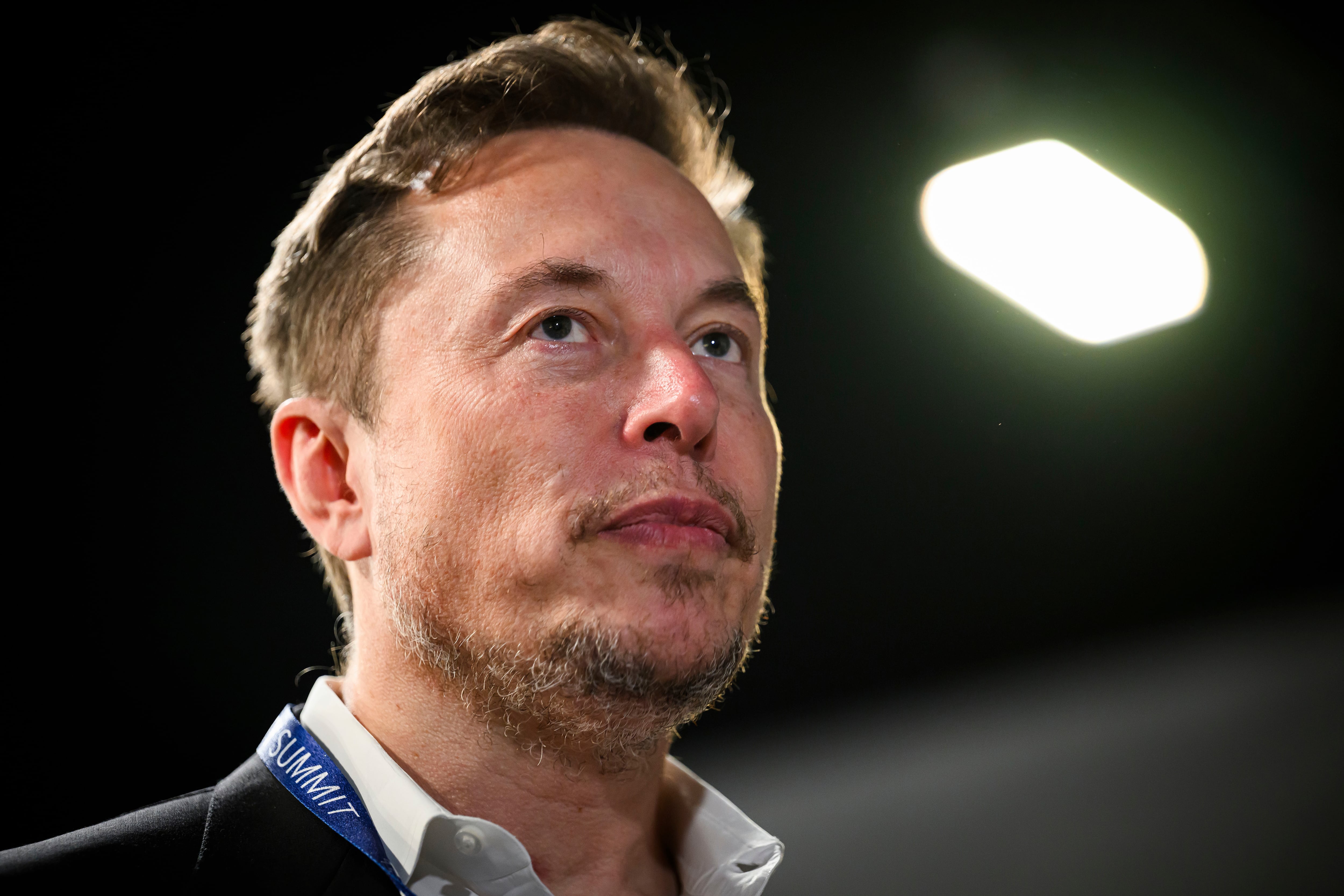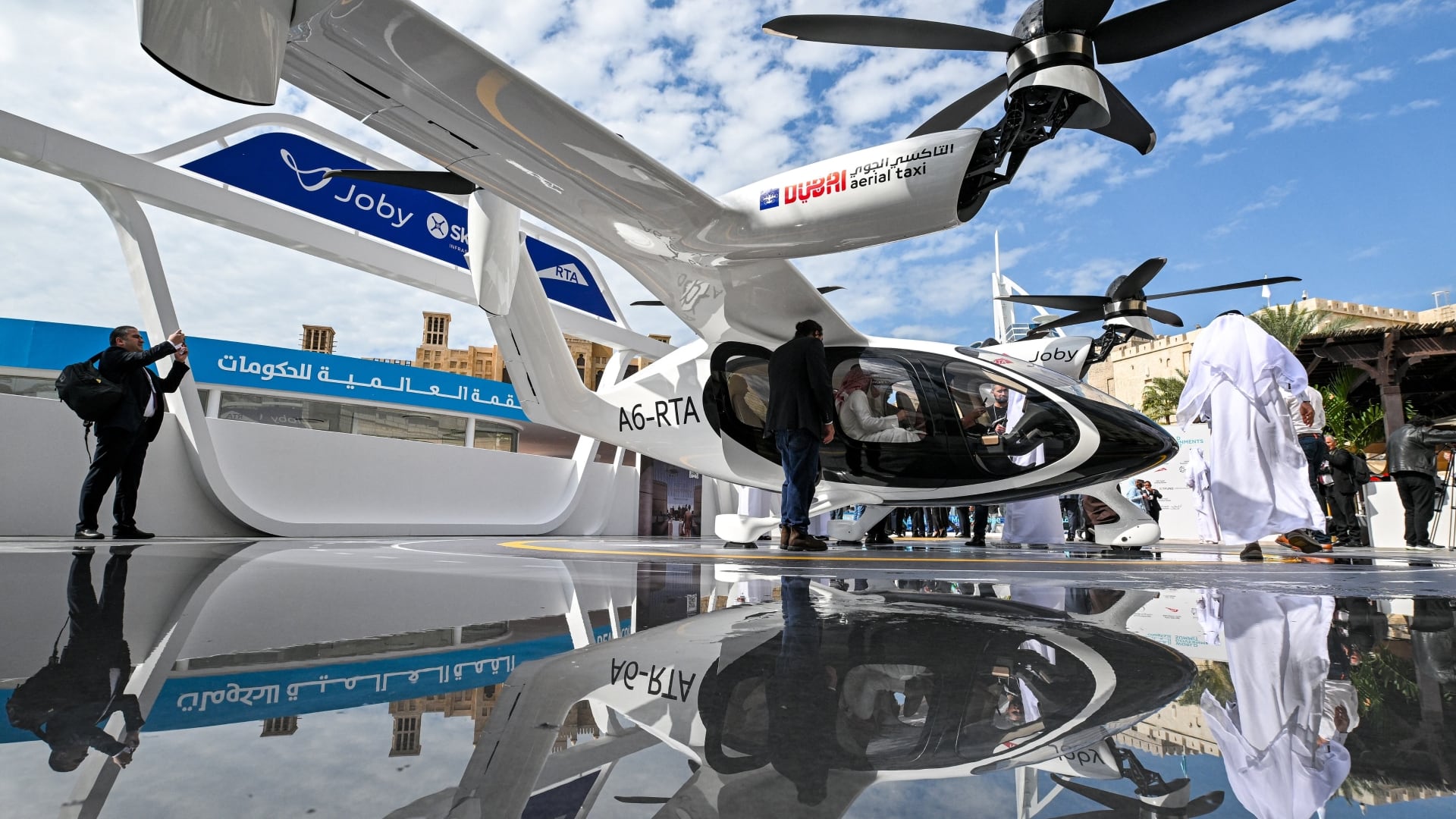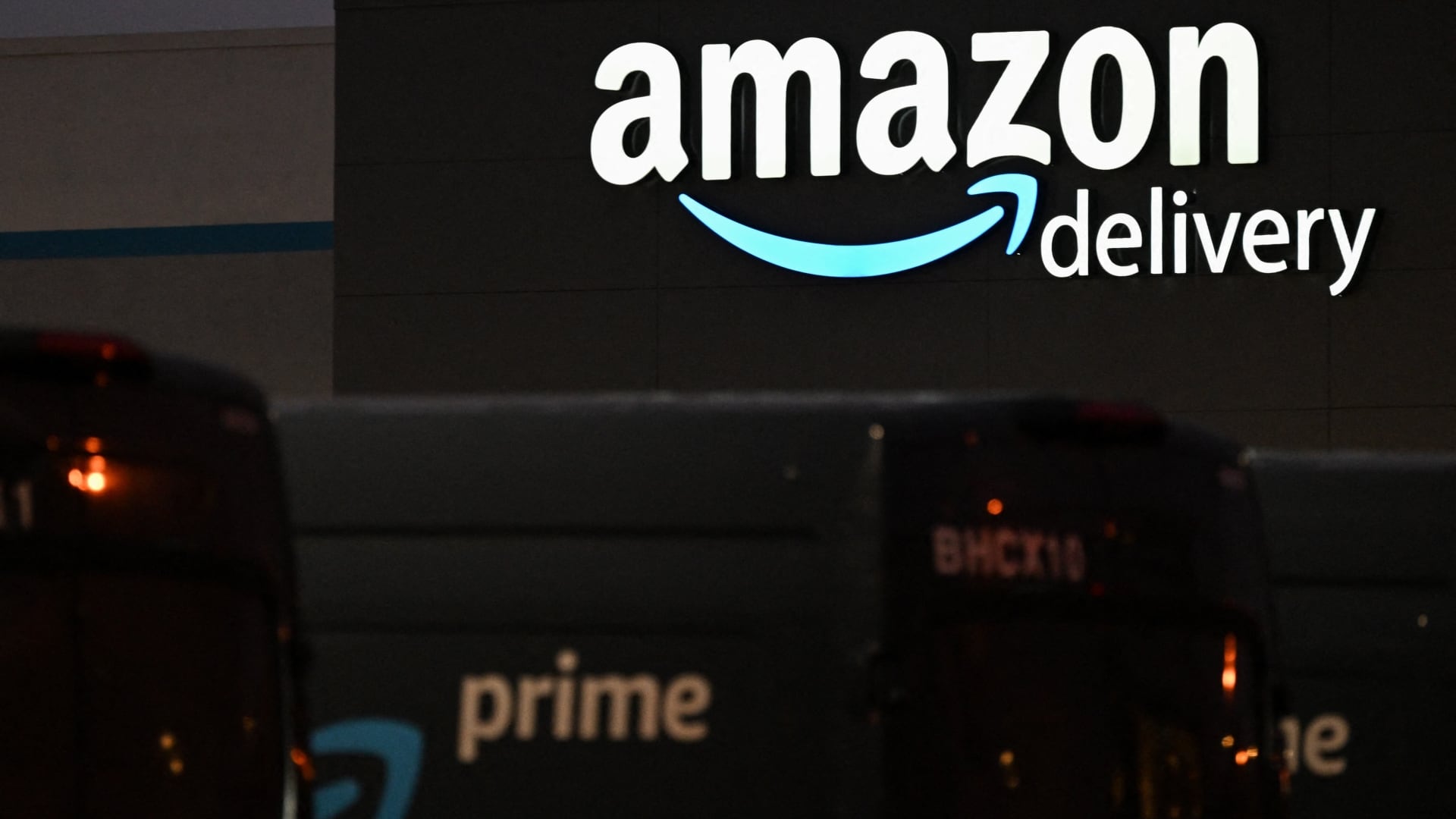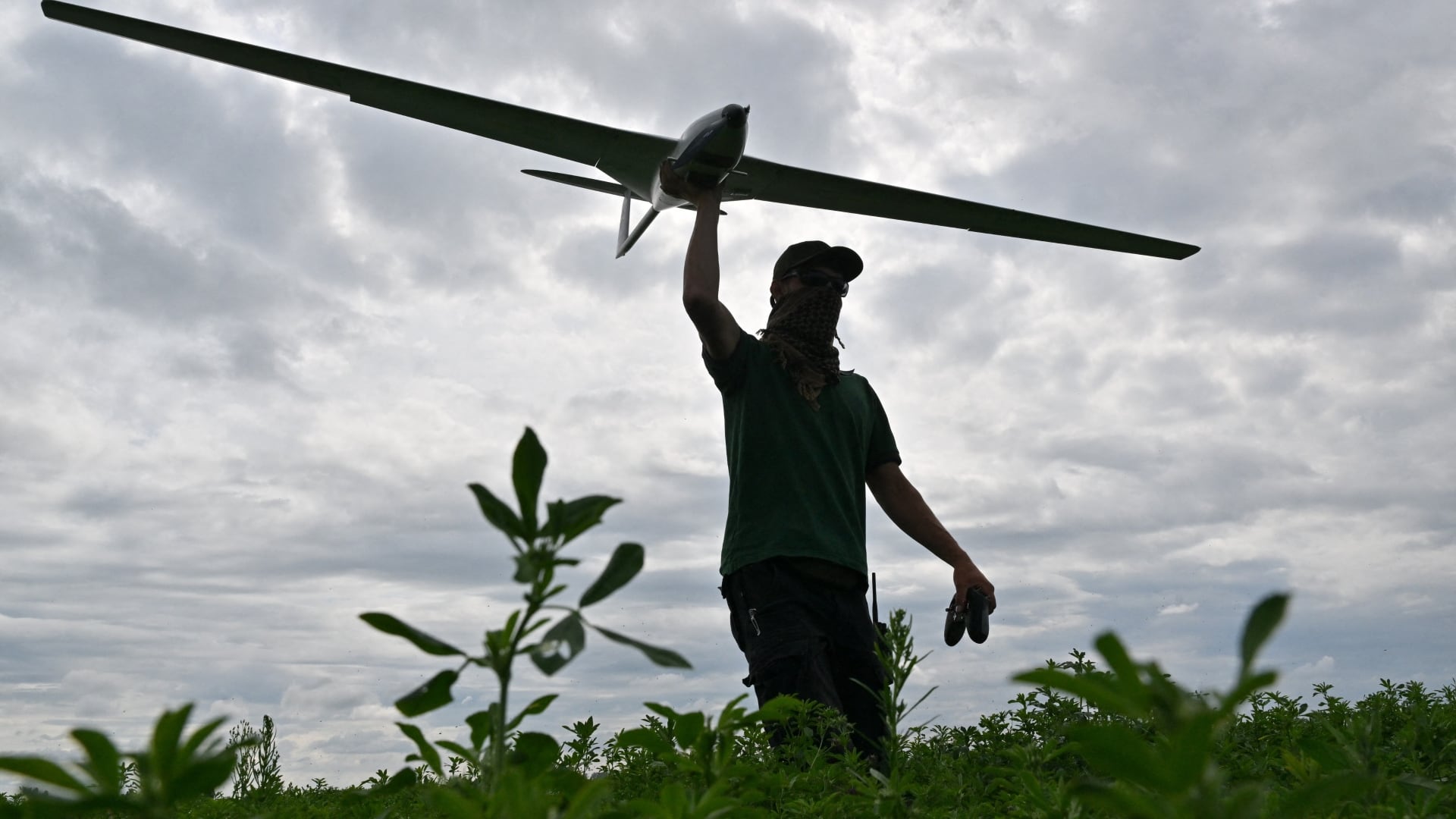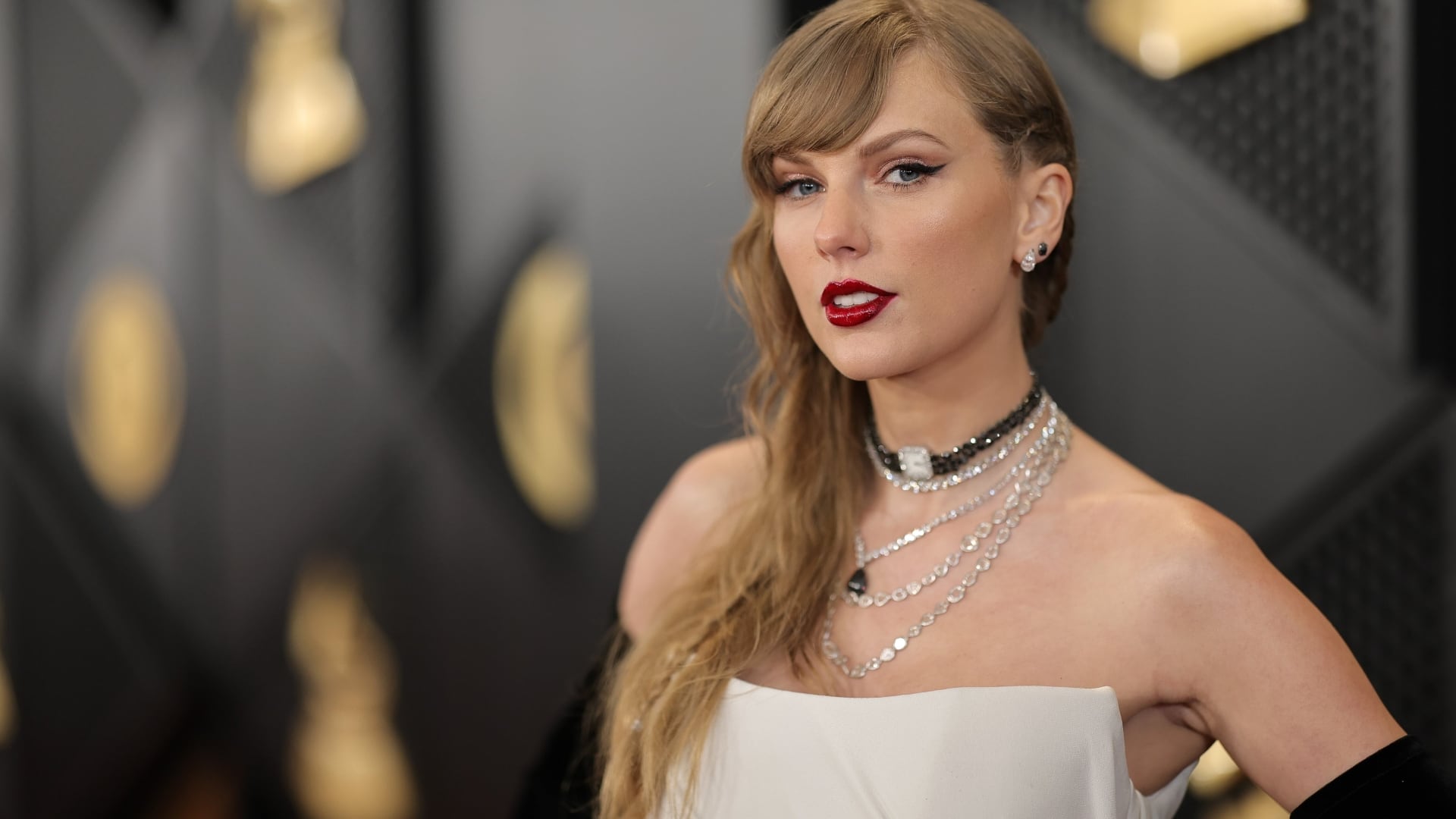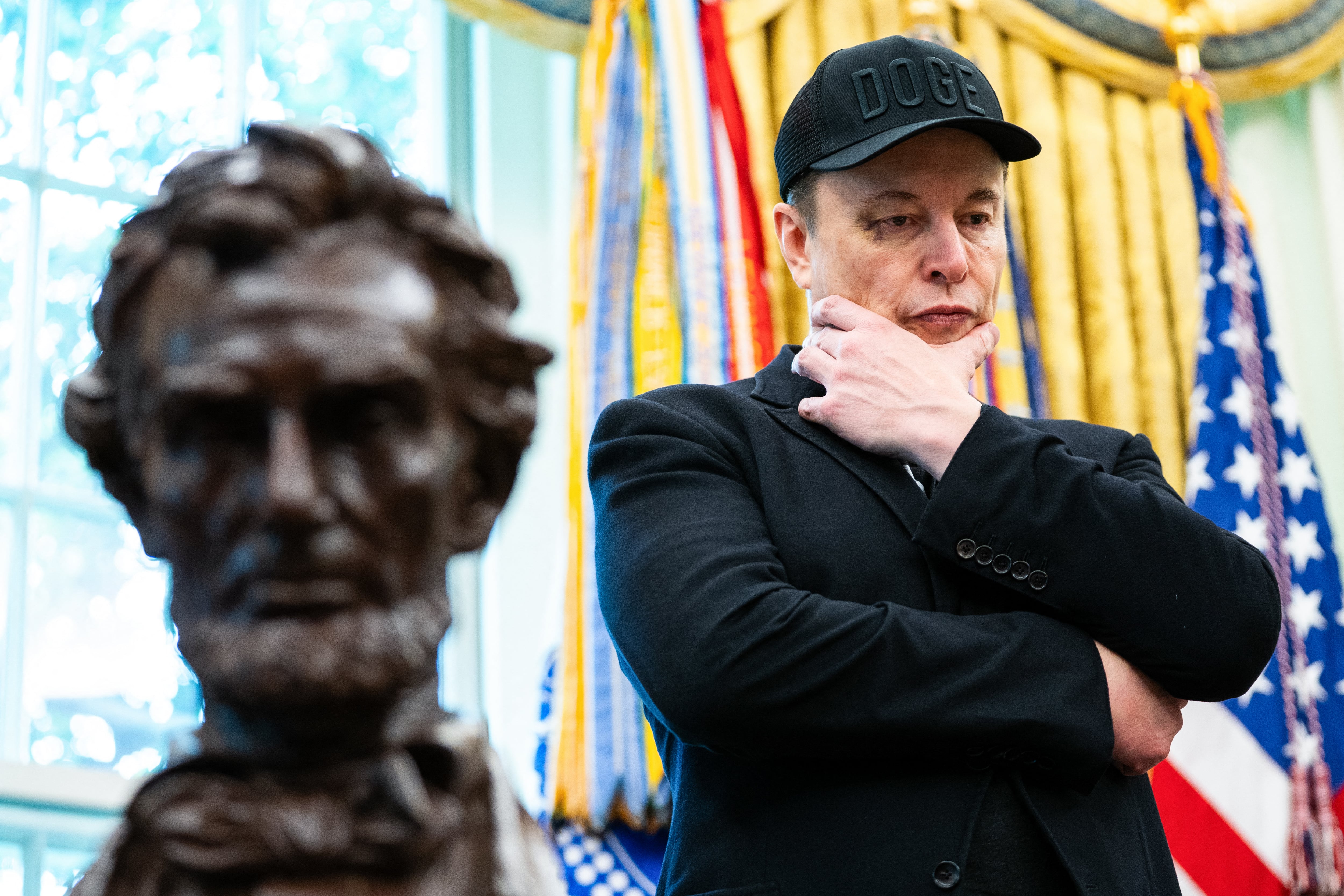**REPORTER'S NOTEBOOK** *By Carlo Versano* There is a [scene](https://www.youtube.com/watch?v=7bXJ_obaiYQ) in the 2002 sci-fi film "Minority Report" that has always struck me. John Anderton, the film's protagonist played by Tom Cruise, is running through a mall, bombarded by ads from premium brands like American Express and Lexus that are tailor-made just for him: “John Anderton, you could use a Guinness right now!" says a disembodied voice blaring from a beer billboard. When he enters a Gap, a hologram asks him how he enjoyed his last purchase. I was always fascinated by that moment in the film ー because it seemed so far-fetched and dystopian, but at the same time, almost pre-ordained. After spending a day at the 2019 National Retail Federation trade show in New York ー the world's largest expo for retailers ー I thought back to that scene, and how much closer we are to its reality. An estimated 37,000 people packed into the Javits Convention Center to take part in the annual trade event that is looking increasingly like a grown-up cousin to the Consumer Electronic Show. As I [reported](https://www.cheddar.com/videos/at-retail-trade-show-amazon-is-everywhere-and-nowhere), the overarching theme of the show was unspoken: Amazon ($AMZN), and how to compete, or even continue to exist, in a world that has been utterly transformed by the e-commerce paradigm it pioneered. I counted at least five cashier-less retail concepts, from companies like NCR (best known for making ATMs), to Fujitsu, the copying conglomerate. Even Intel, which held some of the convention center's most prized real estate and had one of the busiest booths, was showing off a fully-automated convenience store that used cameras, sensors, automated doors, and weights to eliminate any trace of human contact. But the demo that stopped me in my tracks and brought memories of Tom Cruise flooding back was another Intel offering, in partnership with the Canadian advertising company Cineplex Digital Media, that used "computer vision" to customize a billboard in realtime ーfirst by identifying the demographics of passersby, how long they linger in front of the billboard (their "dwell time"), and their perceived level of interest. The A.I. then serves up a relevant ad in real time. Since I am a (somewhat) young male ー the software identified me as being under 30 and 5'11, which I'll take any day ー I was shown a full-size billboard of a handsome model showing off a snazzy business suit. (Pretty nice suit, I thought.). A group of middle-aged women behind me stopped, and the display changed to feature a beautiful woman modeling a trench coat. Meanwhile, on the back-end, the computer is scoring the various ads, based on how well they seem to be capturing attention. The trench coat model might do better on a rainy day, so environmental aspects are taken into account by the algorithm as well. Intel said the A.I. even factors a viewer's sense of style, or the color palette of their clothes, in its calculations. "This is all about driving people into the store," said Mark Rasmussen, executive director at Cineplex. "What's cutting edge here isn't that the camera recognizes you ー it's the marriage of that computer vision with A.I. to know what will interest you and make it more likely you walk into the store." That term, "computer vision," was one of the buzzwords I kept hearing. As Rasmussen explained, it refers to the broader technology of teaching cameras to recognize objects, and it's all the rage in brick-and-mortar retail. "Customers can buy what they want, when and where they want it, anytime, anywhere," said Joe Jensen, vice president of Intel's Internet of Things group. "In-store experiences need to meet those expectations as well." The NCR grab-n-go convenience store concept didn't rely on sensors, as I had expected, Instead, it used computer vision via advanced cameras that recognized when a product was taken off the shelf without needing to be alerted by a weighted sensor. Other startups, like Bossa Nova, had built fully autonomous robots that used computer vision from 15 HD cameras to manage inventory just by gliding down an aisle. (Walmart already bought the Bossa Nova bots for 15 of its stores, where they roam the aisles alongside customers.) "Because of Amazon, everything needs to be quicker," said Red McKay, managing director of Bossa Nova. "What used to take days now has to take minutes." Doing inventory is known to be among the biggest pain points for retailers, particularly grocers, and computer vision is making that chore easier. While watching the Bossa Nova bot do its thing to a shelf of Tide, it was hard to imagine that old relic of the grocery store ー the scan gun ー was much longer for this world (to say nothing of the employee using it, sadly). Once I was outside the convention hall, back in the frigid January air, I noticed all of the billboards lining Eleventh Avenue. They seemed almost quaint. There was an ad for a movie I'd never see, and a condo I'd never be able to afford. Where was the billboard asking me whether I could use a Guinness? Because I could.
